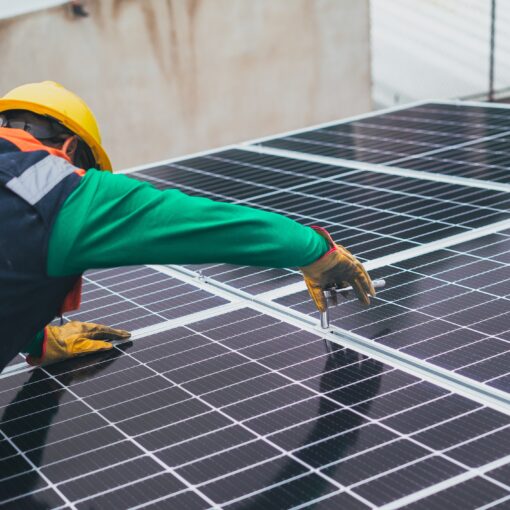By Romany Webb
It is well known that, to avoid the worst impacts of climate change, we must reduce the amount of carbon dioxide entering the atmosphere. Most carbon dioxide emissions result from the burning of fossil fuels – i.e., coal, oil, and natural gas – in electricity generation, transport, and other applications. It will, therefore, be necessary to replace fossil fuels with cleaner alternatives such as wind and other renewable resources. Unfortunately however, a complete phase out of fossil fuels is unlikely, at least in the immediate future. This raises the question: is there anything else we can do now to prevent an increase in atmospheric carbon dioxide levels? According to many scientists, the answer is yes.
Scientists have long discussed the possibility of capturing carbon dioxide at its source and injecting it into underground geological formations where it will (hopefully) remain permanently sequestered. This process, known as carbon capture and sequestration or CCS, has been successfully demonstrated in a number of studies. Its widespread use could allow us to continue burning some fossil fuels without adding to atmospheric carbon dioxide levels. This will, however, require the identification of suitable injection sites where carbon dioxide will not leak into the atmosphere. Research is currently being undertaken into the possibility of injecting carbon dioxide offshore, into geological formations underlying the ocean floor.
To complement the ongoing scientific research, the Sabin Center is today publishing a whitepaper, examining the regulatory framework for offshore carbon storage. The paper, which I co-authored with the Center’s Faculty Director Michael Gerrard, finds that the regulation of carbon storage projects differs depending on where they occur. Projects occurring within three nautical miles of the coast (or, in the case of Texas and the west coast of Florida, nine nautical miles) are regulated under the Environmental Protection Agency’s (“EPA’s”) Underground Injection Control Program. That program does not, however, apply to projects undertaken further from the coast.
There is currently no comprehensive regulatory regime for carbon storage projects undertaken more than three (or, in some cases, nine) nautical miles from the U.S. coast. Such projects are regulated under a patchwork of regulations, many of which were developed with other activities in mind, and are thus often poorly suited to carbon storage. Take EPA’s ocean dumping program, for example. The program was developed to address the problem of ocean pollution, but may have the unintended consequence of preventing offshore carbon storage, either entirely or without a permit from EPA. This is because, under the program, persons may dispose of material in the ocean only if they have received permits from EPA. A permit cannot, however, be issued by EPA where the material constitutes “industrial waste” generated by a manufacturing or processing plant. That could include carbon dioxide.
Even if an offshore carbon capture project is permitted under the ocean dumping program, it will still require various other approvals, including from the Bureau of Ocean Energy Management and Army Corps of Engineers. Due to the numerous agencies involved, the approval process is likely to be costly, in terms of both time and money. Adoption of new regulations, tailored to offshore carbon storage, may therefore be necessary for widespread deployment of this important technology. In the interim, we hope our report will prove useful to those interested in CCS, helping them to navigate the complex regulatory regime that currently applies to offshore projects.
Romany Webb is a Research Scholar at Columbia Law School, Adjunct Associate Professor of Climate at Columbia Climate School, and Deputy Director of the Sabin Center for Climate Change Law.





